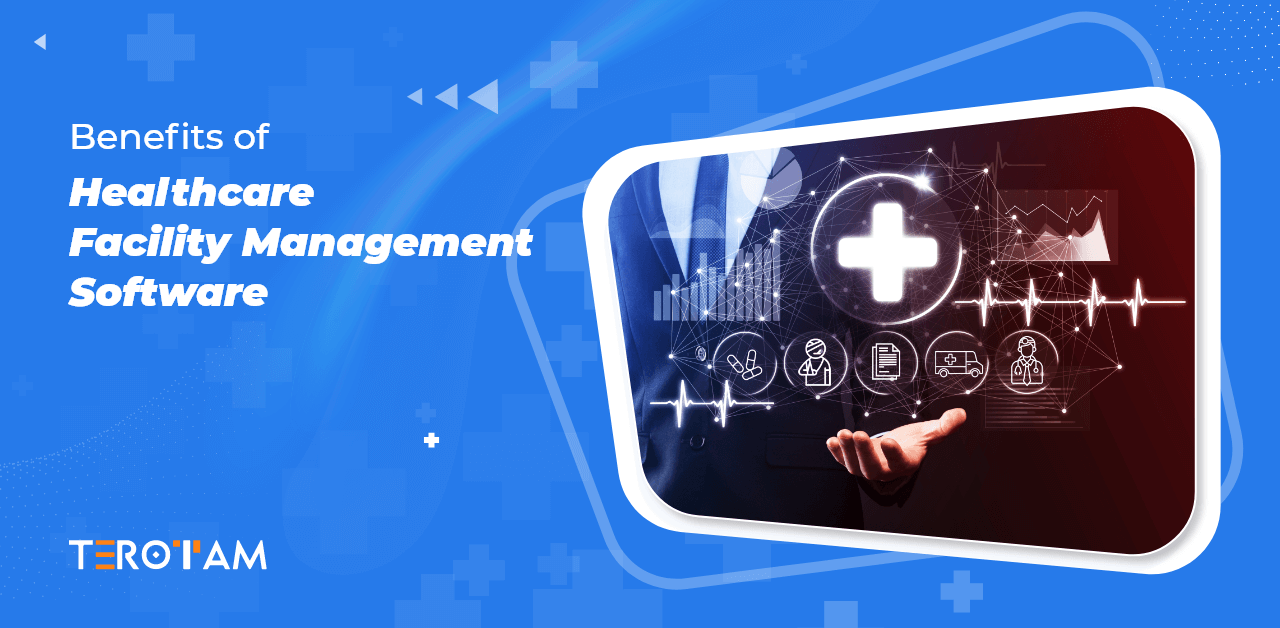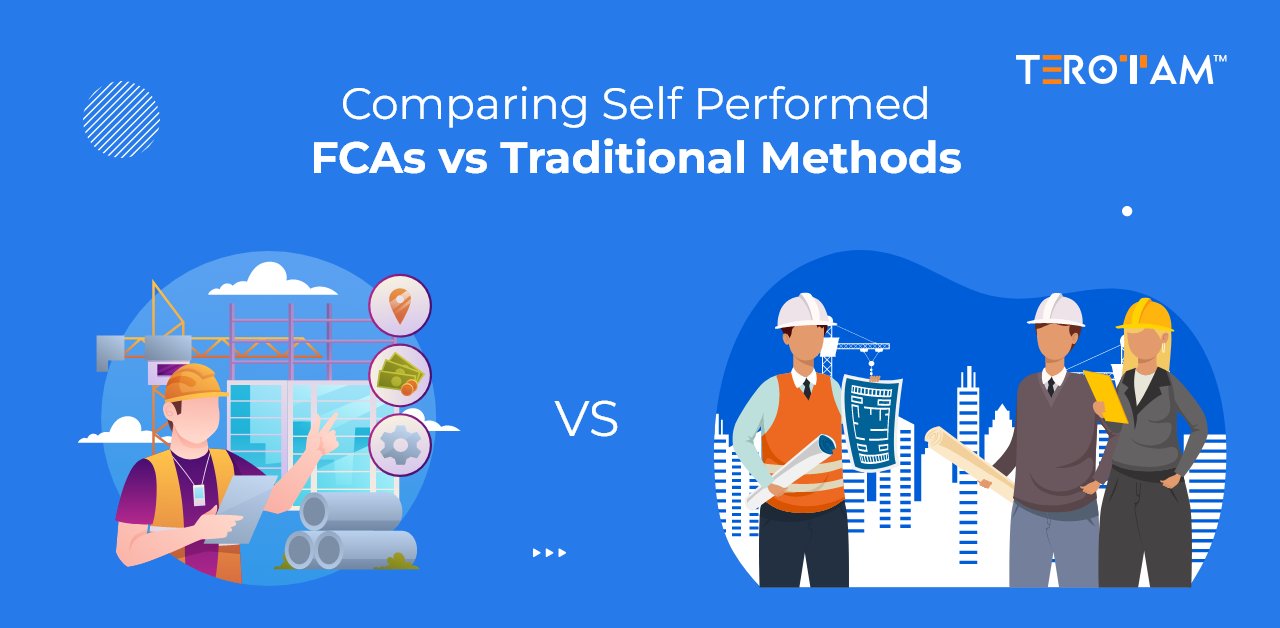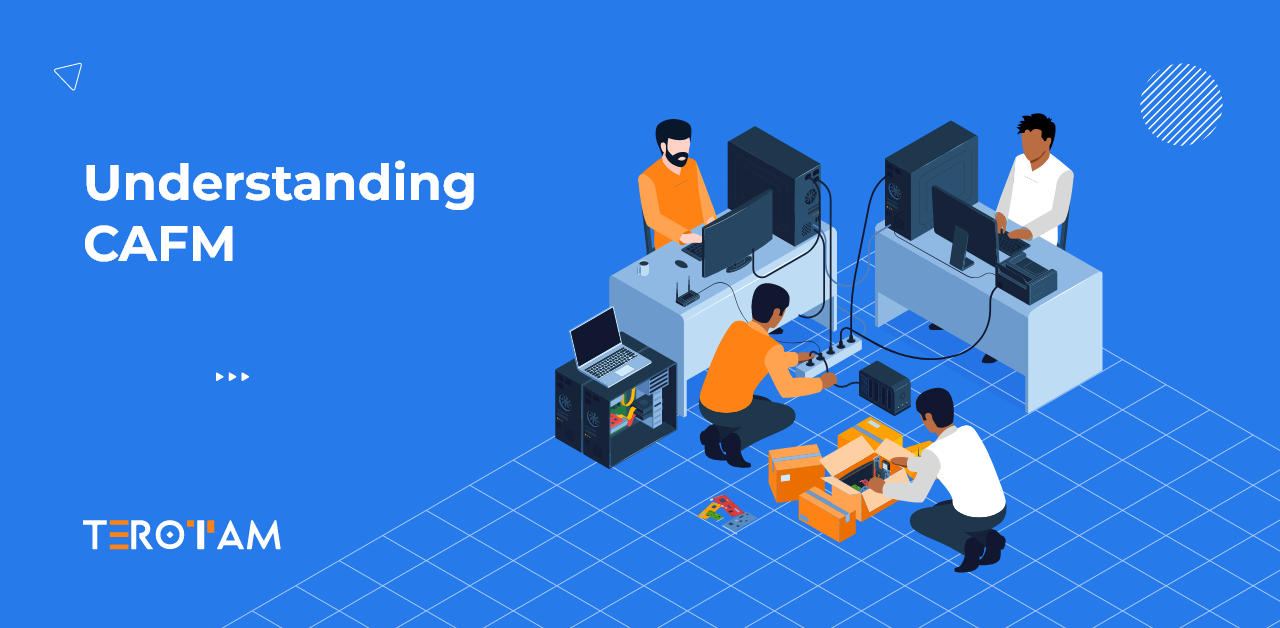Healthcare centers, the cornerstones of patient care, are intricate ecosystems where efficiency and compliance are of paramount importance. As we navigate through the ever-increasing complexities of patient care, resource optimization, and regulatory compliance, a single question emerges: How can healthcare centers address these challenges effectively and elevate the overall patient experience? The answer to this lies in healthcare facility management software, a powerful tool that has the potential to revolutionize healthcare facility operations.
Now, let’s explore why healthcare facilities need efficient management, the key issues they face, and the transformative benefits that healthcare facility management software offers.
Why Do Healthcare Centers Need Facility Management?
Modern healthcare facilities operate without a hitch owing in large part to effective healthcare facility management. The effective management of healthcare facilities has a significant impact on the standard of patient treatment and general wellbeing. The foundations upon which healthcare services are provided are the facilities; they are more than just physical structures. But a number of difficult obstacles come along with this crucial position.
Healthcare facility managers are responsible for smart resource allocation, ensuring legal compliance, and improving patient happiness. Let’s look into these key obstacles:
Key Problems in Healthcare Facility Management
Resource Allocation: Effective resource allocation is vital for delivering high-quality healthcare services. This includes everything from personnel scheduling to equipment and inventory management.
Regulatory Compliance: The healthcare industry is heavily regulated. Facilities must adhere to stringent standards, maintain meticulous documentation, and undergo regular inspections to ensure compliance. Non-compliance can result in costly penalties and a tarnished reputation.
Patient Satisfaction: Patients expect a high level of care and service when they visit healthcare centers. Managing patient flow, appointment scheduling, and ensuring a smooth experience is a significant challenge.
To address these issues and improve the overall efficiency of healthcare facilities, healthcare facility management software has emerged as a game-changing solution.
8 Benefits of Healthcare Facility Management Software
Healthcare facility management software is a multifaceted solution that brings about a myriad of benefits. Here, we will explore these advantages in detail and provide some interesting facts that showcase their real-world impact:
1. Enhanced Patient Care
Healthcare management software significantly enhances patient care by providing real-time patient tracking and improved access to essential information. This leads to more informed and timely care, benefiting patient outcomes.
For example, physicians can access a patient’s complete medical history instantly, enabling precise diagnoses and tailored treatment plans. This positive impact is highlighted by a study in the Journal of Medical Internet Research, which indicates a substantial 26% reduction in patient waiting times due to healthcare facility management software. Patients experience quicker access to care, resulting in higher overall satisfaction. These software-driven improvements prioritize patient well-being and streamlined care.
2. Effective Cost and Resource Management
Facility management software optimizes resource allocation, prevents equipment downtime through predictive maintenance, and streamlines administrative processes. This not only results in significant cost savings but also allows healthcare centers to allocate their resources more efficiently. By extending the lifespan of equipment and optimizing their usage, healthcare facilities can redirect funds to enhance patient care.
A report by Accenture suggests that predictive maintenance capabilities in facility management software can reduce maintenance costs by up to 25%. This translates to substantial cost savings for healthcare facilities.
3. Regulatory Compliance Management
Compliance with healthcare regulations is crucial to maintain the integrity and reputation of healthcare facilities. Healthcare facility management software automates record-keeping and documentation, ensuring adherence to stringent regulations. It simplifies compliance management by providing audit trails, alerts for upcoming inspections, and proactive compliance measures.
This level of compliance not only avoids costly fines but also fosters trust among patients and regulatory bodies.
4. Data-Driven Decision-Making
Data-driven insights provided by facility management software empower healthcare administrators to make informed decisions. They can identify trends, track performance, and implement data-based strategies for continuous improvement. This approach enhances efficiency and drives down operational costs, allowing for more effective resource allocation.
A case study on a large healthcare system published in Healthcare Information and Management Systems Society (HIMSS) revealed that using data analytics from facility management software led to a 12% reduction in operational costs.
5. Efficient Asset Management
According to a study by Deloitte, predictive maintenance techniques can reduce maintenance costs by up to 40% and decrease equipment downtime by 50%.
Facility management software’s predictive maintenance capabilities play a pivotal role in managing healthcare assets efficiently. This includes medical devices, HVAC systems, and other critical equipment. By implementing predictive maintenance, healthcare facilities reduce equipment downtime, extend the life of assets, and enjoy substantial savings in maintenance costs.
6. Enhanced Security and Compliance:
Healthcare facility management software prioritizes the protection of sensitive patient data. It employs robust security features like access control, encryption, and audit trails, ensuring compliance with stringent privacy regulations such as HIPAA. With patient data securely guarded, healthcare facilities build trust and safeguard their reputation, which is essential in today’s healthcare landscape.
7. Streamlined Communication for Patient Safety
Effective communication and collaboration are at the heart of streamlined healthcare operations. Facility management software facilitates efficient interactions among staff members. This leads to improved task allocation, faster response to critical situations, and, ultimately, enhanced patient safety.
Timely communication ensures that patients receive the care they need promptly, contributing to better outcomes.
8. Sustainable Practices for Cost Reduction and Environmental Impact
Sustainable practices not only benefit the environment but also lead to substantial cost reductions.
According to the American Society for Healthcare Engineering, energy-efficient and sustainable healthcare practices can reduce operational costs by up to 15%.
Facility management software helps monitor and manage energy consumption, waste, and water usage, allowing healthcare facilities to make a positive contribution to a healthier planet while simultaneously cutting operational expenses. This dual impact promotes a greener and more cost-effective healthcare environment.
Tips to Implement Facility Management Software in Healthcare Centers
Assess Unique Needs: Understand your healthcare center’s specific needs, including size, specialties, and operational challenges.
Engage Stakeholders and Staff: Involve key stakeholders and staff from different departments in the decision-making process.
Prioritize Staff Training: Offer comprehensive training and ongoing support for staff to effectively use the software.
Start with Phased Approach: Implement the software department by department to minimize disruption.
Customize to Workflows: Customize the software to match your center’s existing processes and procedures.
Ensure Data Integration: Verify that the software can integrate with other systems, like EHR and billing software.
Evaluate Vendor Support: Choose a vendor with reliable support and regular software updates.
Monitor and Evaluate: Continuously assess the software’s performance, collect feedback, and make improvements.
Compliance and Data Security: Ensure the software complies with healthcare regulations, especially data security and privacy standards like HIPAA.
With these succinct tips, your healthcare center can smoothly transition to facility management software, improving efficiency and patient care while maintaining compliance and data security.
How TeroTAM’s Facility Management Software can help you empower your Healthcare Institute?
Healthcare facilities are complex ecosystems, and the introduction of healthcare facility management software like TeroTAM, is pivotal for efficient operations and quality patient care. Here are few ways how TeroTAM can help:
- Efficient patient tracking, appointment management, and data accessibility
- Cost savings through resource optimization and preventive maintenance
- Regulatory compliance documentation & report
- Informed decision-making based on data analytics
- Extended equipment life and reduced downtime
- Stringent data security and access control
- Enhanced communication for better patient safety
- Sustainable practices for cost reduction and eco-friendly operations
- Scalability to adapt to evolving healthcare needs
Incorporating healthcare facility management software can significantly enhance your healthcare center’s performance, ultimately benefiting both your operational efficiency and patient outcomes.
If you want to know more, schedule a demo with our experts or write to us at contact@terotam.com to explore how TeroTAM’s Facility Management Software can transform your healthcare institute.








